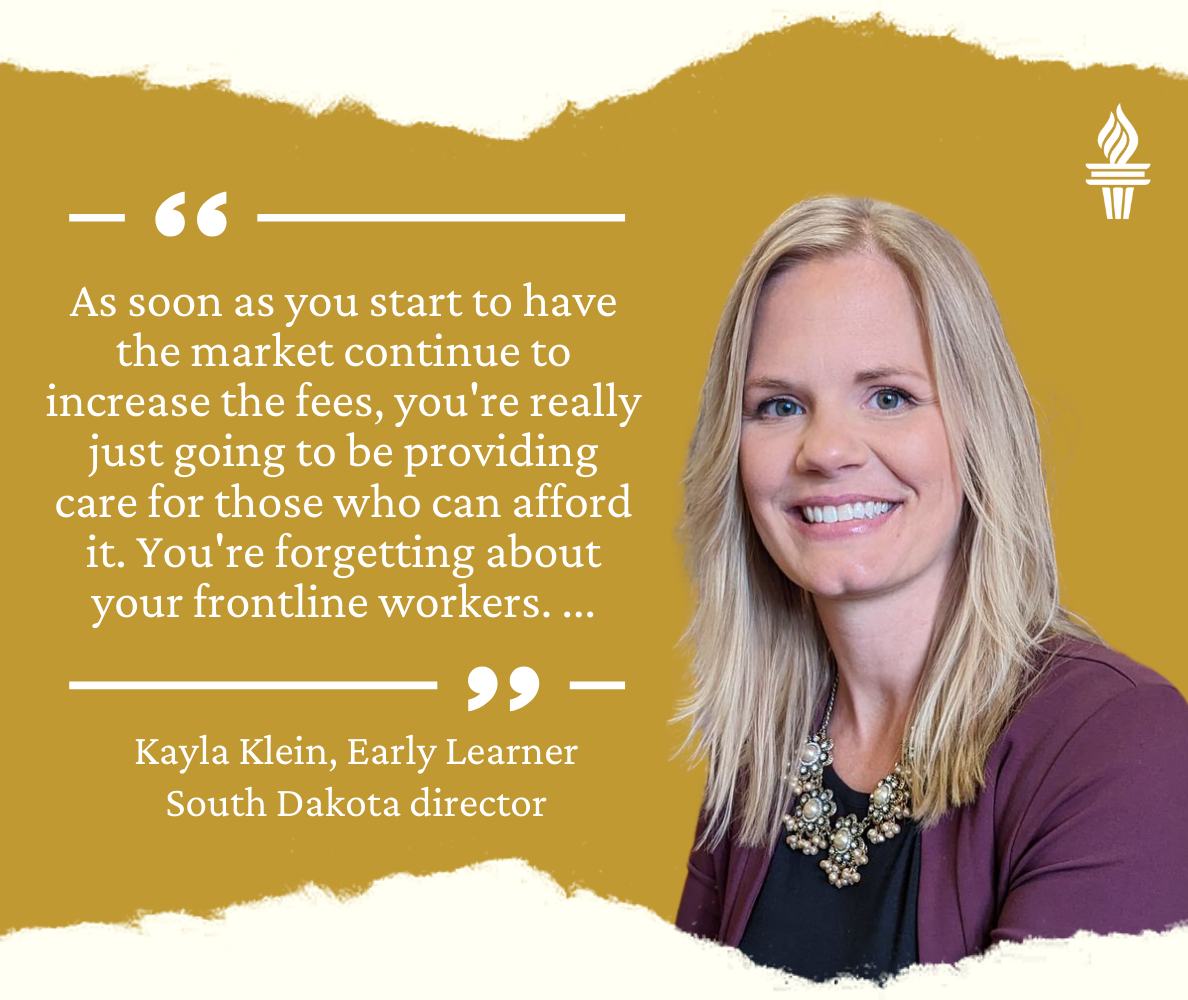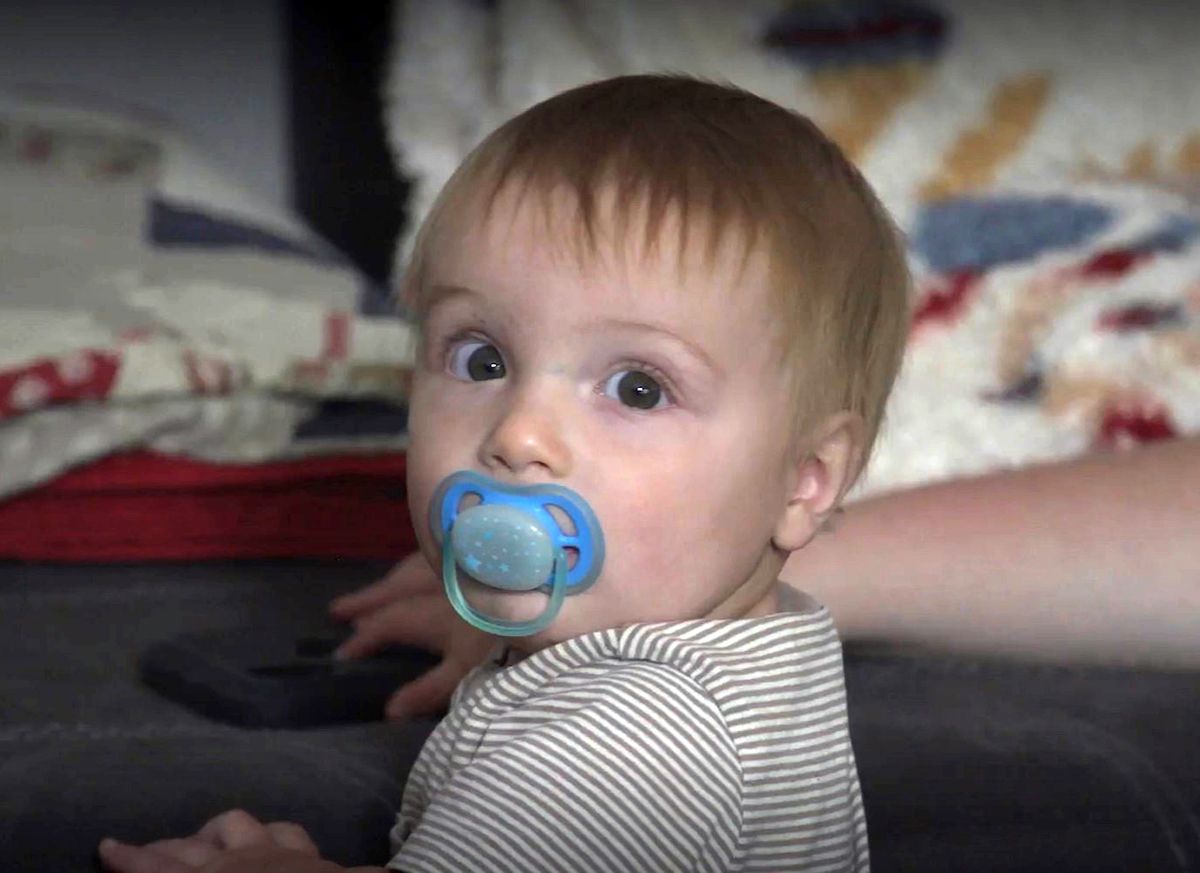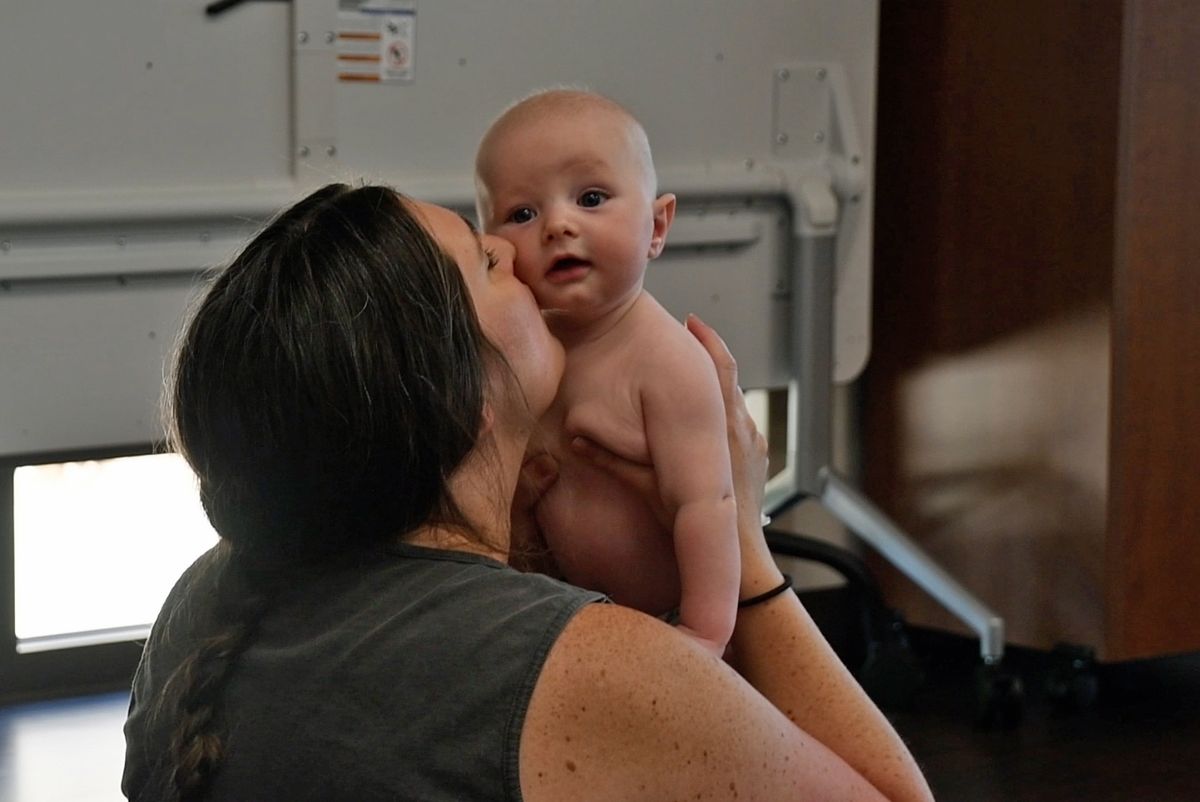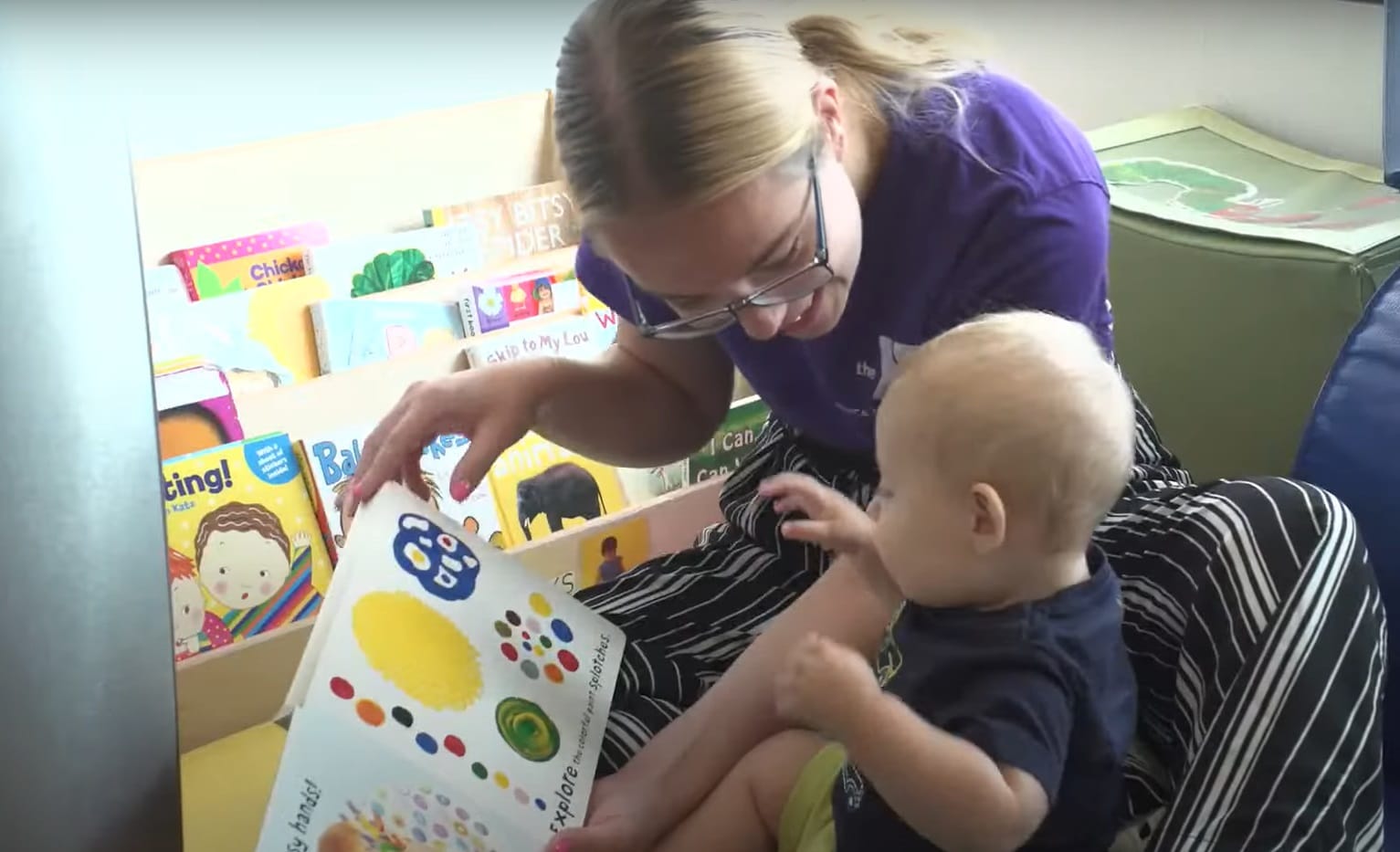Editor's note: This is the fifth in a series of stories on children that Jackie Hendry, producer and host of South Dakota Public Broadcasting's "South Dakota Focus" will write for South Dakota News Watch. Each month, she previews the upcoming show.
PIERRE, S.D. – Legislative leaders agree that the ongoing child care crisis in South Dakota represents a significant workforce problem. A bill authorizing a statewide cost study of child care is likely to drop soon, but advocates worry lawmakers lack a sense of urgency.
Child care centers are struggling to hire workers in part because pay in the industry lags behind most other industries. It's a nationwide problem. In 2021, U.S. Treasury Secretary Janet Yellen said child care workers make on average $27,000 a year, putting them in the bottom 2 percent of occupations.
That low wage can make recruitment and retention difficult, leading child care centers understaffed. Without adequate staff, centers can't care for their licensed capacity of kids – leading to a shortfall of funds for the center and a shortage of care slots for families.
During a town hall hosted by South Dakota Public Broadcasting in October, Early Learner South Dakota Director Kayla Klein explained it's not as simple as raising prices to offer staff more competitive wages.
"As soon as you start to have the market continue to increase the fees, you're really just going to be providing care for those who can afford it," said Klein. "You're forgetting about your frontline workers who you rely on as your barista in the morning to serve you your coffee and who are working at McDonald's and helping you bag your groceries at Walmart. It's those individuals who are priced out. So, are we OK with that?"
Looking for an alternative
Some states have begun investing ongoing funds in child care in hopes of addressing the problem. During a December interview with KWAT radio in Watertown, Gov. Kristi Noem said she's against subsidies.
"I still believe parents are parents, and their responsibility is to their children and we'll do all we can to make sure that there's resources in their communities to utilize," the governor said. "But I don't believe that it's the role of the government to assume all financial responsibility for raising these children."
The state does offer child care subsidies for low-income families, and the Noem administration has distributed $40 million in mostly federal money to child care providers around the state, including longstanding facilities like Apple Tree in Sioux Falls, which is trying to stay open.
Though one-time funds acted as a short-term solution, the governor's hesitance to funnel ongoing funds into child care is shared by other lawmakers like House Majority Leader Will Mortenson. He points to states like California that continue to struggle despite significant state investment.
"We're looking for an alternate path to move the needle on making sure that there's safe and affordable child care for everybody," Mortenson, a Republican from Pierre, told South Dakota Public Broadcasting's Lee Strubinger after the State of the State address earlier this month. "We've found out what doesn't work. We're still looking for what does."

Policy and partnership
Fellow Republican Tim Reed, a state senator from Brookings, is part of a group looking for solutions.
He's leading an informal task force on child care that includes providers, business leaders and other experts around the state. He's also been following the issue as CEO of the Brookings Economic Development Corp.
"I think the biggest thing we have to look at is we're figuring through estimates and reports that have been done: $329 million dollars in lost productivity with child care," said Reed. "And I'm sure you're going to see even more with these child care centers closing."

While Reed said center closures haven't yet impacted Brookings, the ongoing closures of longstanding child care centers in Sioux Falls prove no provider is immune to the struggling business model.
"The question is, 'What's the role of government when it comes to child care?' And I do believe that we are there to at least put out, 'This is what it costs,' and then we have subsidy rates," Reed explained. "We do subsidize to 207% of the federal poverty level. We subsidize child care, and if we're not paying enough at the subsidy rate, you know, and these centers are closing, we have to figure that out as government."
That's why Reed is pushing for a one-time investment of state money into a statewide cost analysis study of child care. While it's not the direct investment into the problem that some advocates might want, he believes it's a meaningful step to make child care more sustainable in the long run.

Reed is also optimistic that the task force and efforts like the John T. Vucurevich Foundation's tri-share pilot program in Rapid City will produce more ideas for creative policy solutions in the future.
"This is going to take a partnership, and that's why we have a task force that we're putting together over the next year. How can everybody participate to solve this issue?"
How to Watch 'South Dakota Focus'
The next episode of "South Dakota Focus" airs on Thursday, Jan. 25, at 8 p.m. Central time / 7 p.m. Mountain time. It can be viewed on SDPB-TV 1, Facebook, YouTube and SD.net.
The episode includes:
- A look at how the child care ecosystem in Sioux Falls is responding to the ongoing child care crisis
- Why a cost study could be more likely than direct state investment during this legislative session
- Why the unique challenges of the child care business model require more creative solutions







